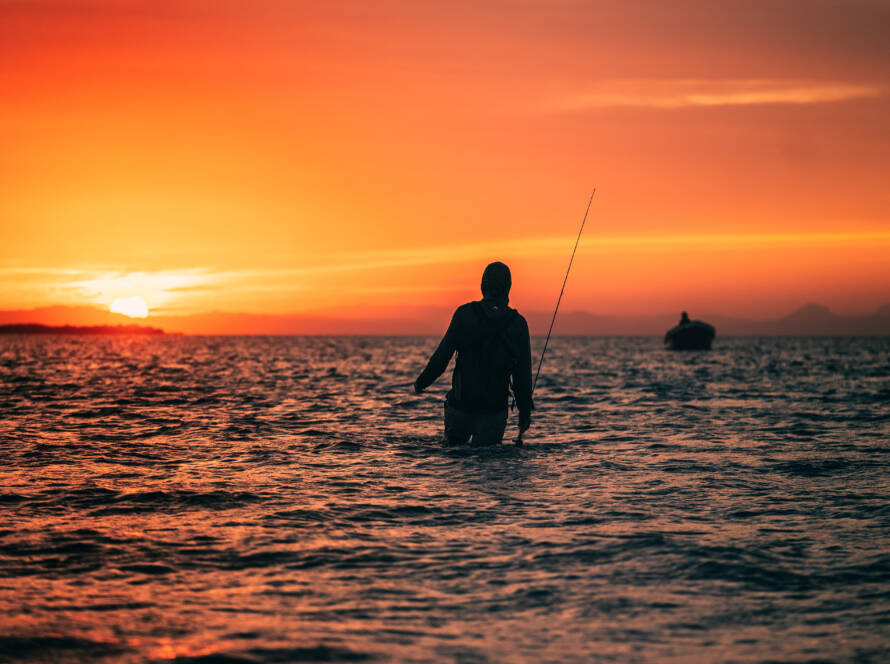Stickleback provide an abundant food source for seatrout throughout most of the year – particularly in the fjords and in brackish coastal regions. Stickleback are also a prevalent source of protein for lots of brown trout in small lakes and slow-flowing rivers. As a result, it always pays off to have a few good stickleback imitations at hand. The CDC Stickleback is such an imitation.
BY Rasmus Ovesen, www.instagram.com/rasmus_ovesen

Trout get big not just because they feed – but because, at one point or another, they start feeding on prey items that help them build muscle mass. To get to a certain size, most trout will eventually have to turn to specific prey items that provide them with ample amounts of proteins. That’s when they turn into piscivorous predators.
Stickleback are among the most prevalent baitfish in fresh- and brackish water. There are several different species of stickleback, but in Northern Europe the most common one is the three-spined stickleback (Gasterosteus aculeatus), which grows to 11 centimeters and is predominantly olive-green and silver – with males developing bright orange gills and bellies during spawning. The saltwater stickleback gets much bigger than its freshwater counterpart, which rarely grows to more than 5 centimeters.
An extremely adaptive species, stickleback are found in most waterways displaying anadromous behaviour (where possible) and lots of micro-habitat-specific morphological traits. They build nests and especially the males are extremely territorial and reclusive. Outside of the breeding season, however, they congregate and school up in great numbers – most likely as a means of defence against predators. Most of the time, though, they use camouflage as their main survival strategy and that’s why they’re mostly found in shallow water along (and inside) lush weed beds.

Stickleback aren’t built for speed. Instead, as a means of protection, they’ve developed their characteristic spines. A small gluttonous perch, for instance, will have difficulty inhaling a stickleback with flared spines. Big trout, however, have little trouble swallowing a stickleback, and since they’re rich in protein, relatively slow, and present in great numbers, both seatrout and resident brown trout keenly hunt them – especially during spring and summer.
The CDC Stickleback, as the name suggests, is an imitation of a three-spined stickleback. It’s made with CDC feathers to ensure that it’s relatively weight-neutral, transluscent, and pulsating. CDC (or cul de canard) feathers are well-known among dry fly fishermen for their buoyancy and fluffy fibres, and while certain seatrout fishermen have started to use these feathers for shrimp imitations, there is still an incredible amount of unexplored potential.

Fished on a long, thin leader the fly can be retrieved at a relatively slow pace; something that will provide great sport in shallow water and along weed beds patrolled by hungry brown trout or seatrout.
The fly is very simple and easy to tie – and extremely durable, and despite being developed only a few years ago, it has already caught a wealth of fish in both fresh- and saltwater.




